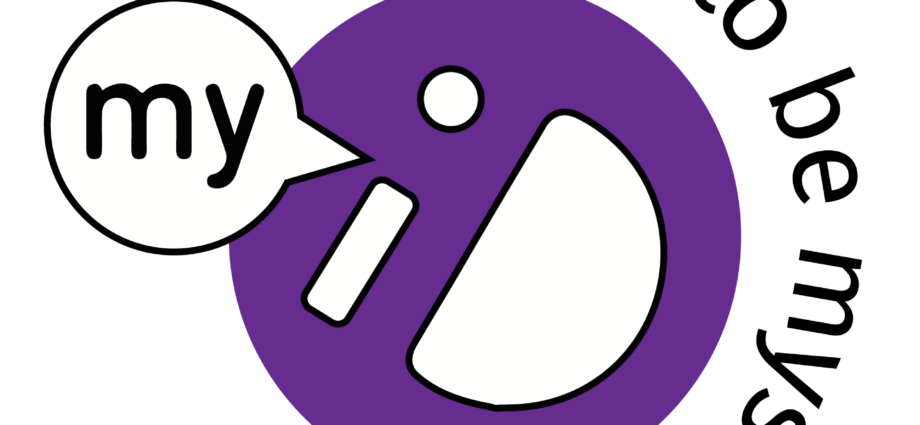My-ID – My Identity, My Idea to be Myself
To support a comprehensive approach and specific educative actions to address intersectional discrimination and inequality experienced on grounds of sexual orientation, gender identity, gender expression and sex characteristics at school.
Context
Inclusive schools set the starting points from which students chart the course of the rest of their lives. It’s where opinions form, values are established and aspirations are set. In this framework schools are called to contribute to the promotion of equality & the prevention of discrimination.
Sexual and gender orientation continue to be a very hot topic, speaking about discrimination and exclusion. Homophobic violence occurs on a regular basis and also young people have repeatedly been identified as a group particularly vulnerable to social exclusion. It’s worth to mentioning that also the impact of the COVID-19 pandemic affected these groups in terms of intolerance and on-line hate.
Because of this, teachers may need basic knowledge and willingness in this area. Teachers express the need to be trained, but also uncertainty on how raise the topic in class (Dankmeijer 2014). Research indicates that about half of the teachers does not have adequate information to educate about gender issues, while gender & sexual education makes students feel very supported by any visibility of sexual and gender diversity in their school.
Objectives
- To support a comprehensive approach and specific educative actions to address discrimination and inequality experienced on grounds of sexual orientation, gender identity, gender expression and sex characteristics in school;
- To integrate sensitivity for sexual and gender diversity in secondary schools;
- To empower teachers to start educating about gender issues and on how to deal with potential conflicts arising from this;
- To inform and mentor parents to understand, tolerate, and accept sexual and gender diversity.
Activities
- Desk research and need analysis with students, teachers, and parents to understand the specific needs regarding gender and sexual inclusivity;
- Development of a compendium of activities for teachers to conduct in the classroom to integrate sensitivity to the project topics;
- Creation of a teacher guide to support teachers in handling sensitive questions that may arise during sexual diversity education activities;
- Development of a handbook for parents with activities on how to discuss and understand gender and sexual diversity and to involve them in the educative process;
- Organization of an international training mobility for teachers to acquire the skills and tools proposed;
- Piloting and evaluation sessions of the activities developed with students, teachers, and parents.
Resources
- Teacher manual: compendium of activities to conduct in the classroom;
- Teacher guide: how to handle sensitive questions during sexual diversity education activities;
- My ID-Reader for secondary education: exploring complex concepts and situations;
- Manual on how to reach out and work with parents;
- Handbook for parents: compendium of activities on how to discuss and understand sexual diversity;
- Project’s brochure.
Impact
- 350 students involved in classroom activities,
- 130 teachers involved in the training process and in the piloting sessions,
- 200 parents involved in the workshops,
- 100 decision makers and school leaders involved in the My-ID events,
- 1000 stakeholders reached through newsletters.
Partners
- Fondazione Hallgarten – Franchetti Centro Studi Villa Montesca (Italy, coordinator)
- DEFOIN – Formación para el Desarrollo y la Inserción (Spain)
- GALE – Stichting Global Alliance for LGBT Education (Netherlands)
- EUROTRAINING – Educational Organization (Greece)
- CESIE (Italy)
- Xarxa I Col·Laboració Serveis Educatius, S.L. (Spain)
- Iedersland College (Netherlands)
- Douka Ekpaideftiria AE – Palladion Lykeion Ekfpaideuthria Douka (Greece)
Official website https://myid-project.eu/

